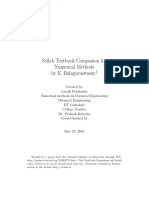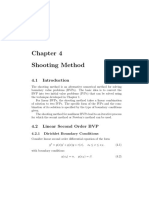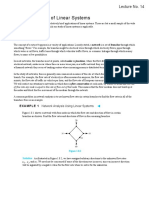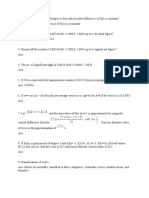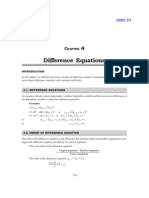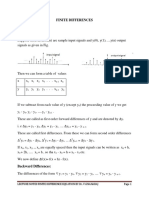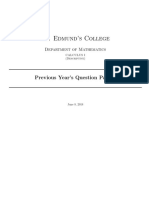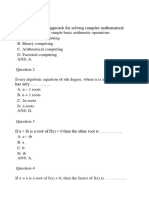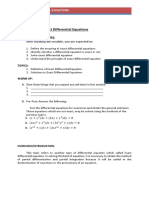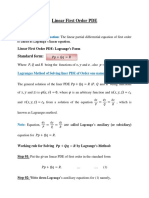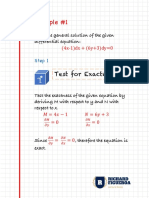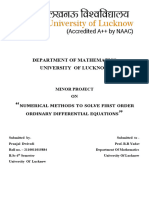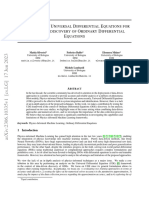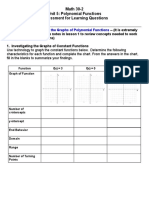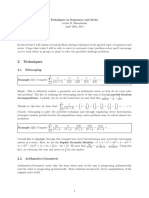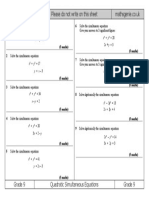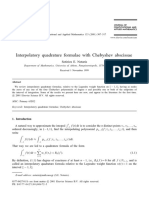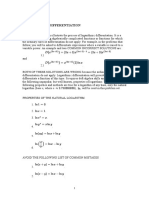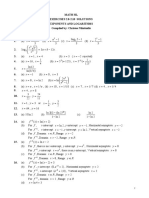100% found this document useful (1 vote)
4K views6 pagesDifferential Equations in AI
1. Differential equations can be used as layers in neural networks, allowing neural networks to model complex systems described by differential equations.
2. Recurrent neural networks can be viewed as discrete approximations of differential equations, connecting deep learning and differential equations.
3. Partial differential equations can be discretized using techniques like finite difference approximations, allowing them to be solved using neural networks.
Uploaded by
Uzair RazzaqCopyright
© © All Rights Reserved
We take content rights seriously. If you suspect this is your content, claim it here.
Available Formats
Download as DOCX, PDF, TXT or read online on Scribd
100% found this document useful (1 vote)
4K views6 pagesDifferential Equations in AI
1. Differential equations can be used as layers in neural networks, allowing neural networks to model complex systems described by differential equations.
2. Recurrent neural networks can be viewed as discrete approximations of differential equations, connecting deep learning and differential equations.
3. Partial differential equations can be discretized using techniques like finite difference approximations, allowing them to be solved using neural networks.
Uploaded by
Uzair RazzaqCopyright
© © All Rights Reserved
We take content rights seriously. If you suspect this is your content, claim it here.
Available Formats
Download as DOCX, PDF, TXT or read online on Scribd
/ 6








